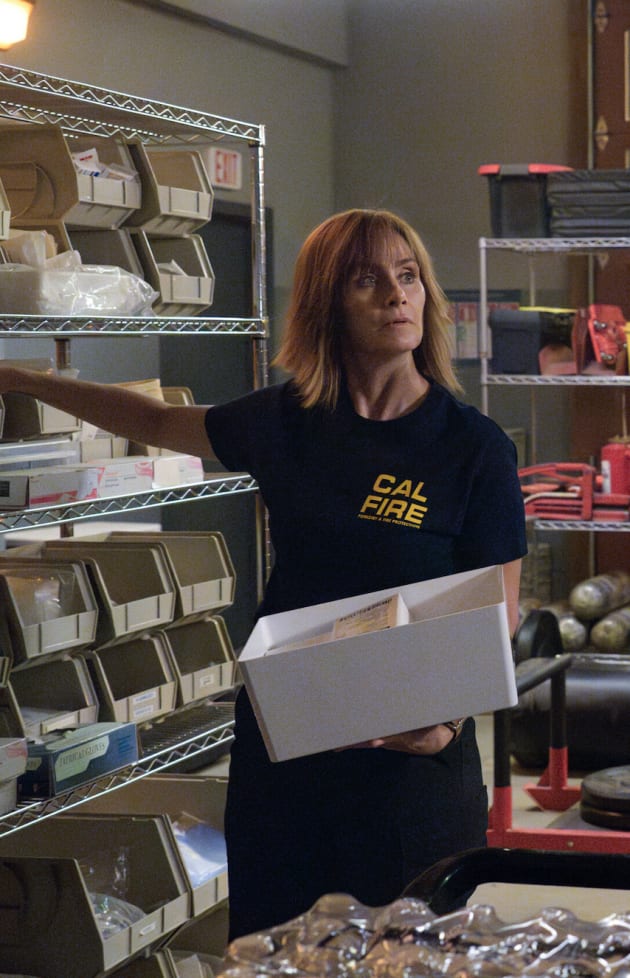Every new technology ends up in court sooner or later, and crypto is no exception. Today, judges across the world are hearing cases involving everything from stolen Bitcoin to crypto contract disputes to who gets to keep NFTs in a divorce. But as lawyers become more familiar with crypto and blockchains, they are facing a new problem: how to describe them in court filings?
While the challenge of citing blockchain data may seem relevant only to legal nerds, it has real-world implications. Citations—which can point to earlier cases, journal articles, or other sources—are the building blocks of legal precedent and, as more disputes over NFTs land in court, judges and lawyers will need a reliable way to find them.
In the handful of NFT cases that have come before the courts, the citations don’t point to a blockchain—which would provide a definitive account of transactions involving the NFT—but instead refer to a website or just a written description. This includes a high-profile case from this summer that saw the Department of Justice charge a senior executive at NFT marketplace OpenSea with insider trading.
Blockchain- and NFT-related cases are not the first in which lawyers have wrestled with how to cite new technology. In the 1990s, important sources of information and evidence began to appear on what people called the World Wide Web. In response, popular citation guides like the Bluebook—typically edited by law students—created standards for citing online sources similar to those that have long existed for books, journals, and other parts of the law.
Now, as blockchains and NFTs become more prevalent, the first standard citation for those has arrived thanks to some crypto-curious law students.
Citing ‘token standards’ and ‘smart contract IDs’
Alexandra Champagne is a law student in her final year at McGill University in Montreal. She is also citations editor at the McGill Law Journal, which publishes the Canadian Guide to Uniform Legal Citation (a.k.a. the McGill Guide), Canada’s most widely used legal citation guide, akin to the the Bluebook used in the U.S.
In the course of contemplating changes to the next edition of the guide, Champagne realized the legal world has yet to account for crypto—a field in which she and and others at the journal have dabbled in their personal lives, including an editor who had bought NFTs. While the Bluebook and other guides include rules for citing online sources, simply pointing to a website can be insufficient in the case of NFTs.
As Champagne told Fortune, blockchains and smart contracts (which serve to create and transfer NFTs) are a new and distinct technology from the web. And given that blockchains create a permanent, public, and tamperproof record of technologies, it made sense to incorporate them in a system of legal citation. To that end, she and her colleagues developed citation rules that include references to blockchain-specific elements like token standards—Bitcoin or Ethereum, for instance—and the strings of characters, known as smart contract IDs, that point to the NFT on the blockchain. Here is a screenshot of the forthcoming standard:

As you can see above, the guide provides example citations for famous NFTs such as the one the artist Beeple sold for $69 million and one from the Bored Ape set, which is popular with celebrities.
The new blockchain and citation rules will go into effect when the 10th edition of the McGill Guide is published next year by Thomson Reuters.*
In response to an inquiry from Fortune, editors at the Bluebook said the guide has yet to explore a citation format for blockchain-based data, but that they will recommend future editors take the question into account before an updated edition is published in 2025.
Blockchains and ‘permalinks’
Jennifer Allison, a librarian at Harvard Law School Library, says that in the course of researching NFT citations she discovered a law journal article discussing the topic. The article included a picture of an NFT, describing it as a “tokenized representation of a mural,” but with a citation that simply pointed to a web page at OpenSea.
Allison told Fortune that the issue of NFT citation is likely to come up more and more as digital assets become the subject of legal disputes over insider trading, breach of contract, and even probate cases. She says that, for now, lawyers and judges may be content to simply describe NFTs as they would another piece of art, by citing its title and where it was sold—but over time this is likely to prove inadequate.
“A painting doesn’t have the same digital footprint as an NFT, and McGill’s proposed citation model seems to do a better job of informing the user what exactly is being cited, and how the reader can locate it or more information about it,” Allison said by email.
Allison also raised the issue of “link rot”—a term that describes the phenomenon of URLs becoming broken or unusable. By 2013, link rot had became a major issue for the highest court in the land, leading the New York Times to publish an article headlined “In Supreme Court Opinions, Web Links to Nowhere” that revealed half the web pages cited in the court’s decision no longer worked.
In response, the Bluebook and other citation guides called for references to web pages to include so-called permalinks—a duplicate URL but one maintained by Harvard or other university libraries. The idea is that even if the original link no longer works, the permalink always will. Today, the system has become the standard across courts and academic publishers.
In the case of smart contracts and NFTs, however, it’s unclear if permalinks will be necessary since, by their nature, blockchains are designed to be permanent and immutable. Meanwhile, in the event future citations editors do call for a secondary source locating NFTs, one option may be to incorporate decentralized file storage services like Arweave or Filecoin that are tied to various blockchains.
It will likely be years before all of this comes to pass, but for now it appears inevitable that blockchains will become a source of authority for the legal system in the way that the web did two decades ago.
“We don’t know what kind of unique forms of technology will emerge from blockchain that may not even be tangentially tied to a particular URL,” McGill’s Champagne explains. “Having a way to cite blockchain technology that directly references the smart contract, token ID, etc., will hopefully provide authors with a sustainable approach to communicate information to their readers.”
*The citation is reproduced by permission of Thomson Reuters Canada Limited from Canadian Guide to Uniform Legal Citation, 10th Edition/Manuel canadien de la référence juridique 10E édition; publication forthcoming in 2023.
Sign up for the Fortune Features email list so you don’t miss our biggest features, exclusive interviews, and investigations.


















:quality(85):upscale()/2023/09/13/661/n/1922564/e914a1066501cc897903d6.08615338_.png)









